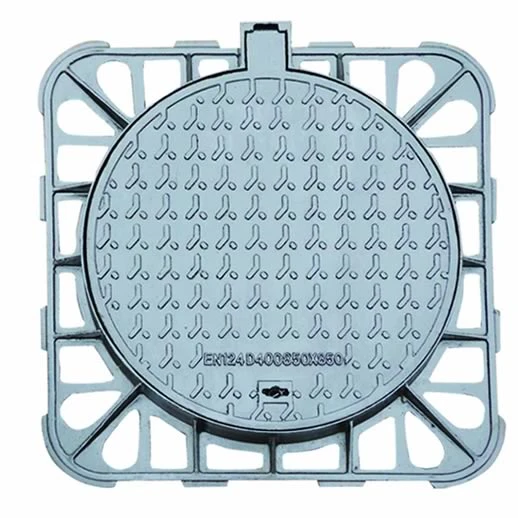access bollards
Understanding Access Bollards A Comprehensive Overview
Access bollards are essential components in modern urban design, providing security and traffic control in various environments. These sturdy vertical posts serve multifaceted purposes, enhancing safety, directing traffic, and even contributing to aesthetic appeal. As cities continue to evolve, the importance of access bollards becomes increasingly apparent in managing vehicular access while ensuring pedestrian safety.
What are Access Bollards?
Access bollards are often made from materials such as steel, concrete, or plastic and are designed to withstand significant impact. They can be fixed, removable, or automatic, depending on the requirements of the location they serve. Fixed bollards provide permanent barriers, while removable ones offer flexibility for changing access needs. Automatic bollards are motorized systems that rise and fall to grant or deny vehicle entry, making them ideal for locations with varying traffic patterns and access requirements.
Safety and Security Benefits
One of the primary purposes of access bollards is to enhance safety. In busy urban areas, controlling vehicle access is crucial to protect pedestrians and cyclists. By implementing access bollards, cities can create pedestrian-only zones, especially in high traffic areas or during events where large crowds gather. They also serve as protective barriers that can prevent vehicles from accidentally or intentionally entering spaces meant for pedestrians, such as parks, sidewalks, and outdoor dining areas.
Furthermore, access bollards can be a vital component of a city’s security infrastructure. In light of increasing concerns about threats to public safety, including vehicle-ramming attacks, access bollards can provide a physical barrier that deters such incidents. For locations that require high security—such as government buildings, airports, or concert venues—high-impact bollards can be a significant investment in protecting the public.
Traffic Management
access bollards

In addition to enhancing safety, access bollards act as tools for efficient traffic management. They guide vehicle flow, designate lane usage, and restrict access to certain areas, helping to alleviate congestion and maintain order on busy streets. For instance, they can be installed to create pick-up and drop-off zones around schools, hospitals, and public transport stations. This organization helps streamline traffic patterns and reduces the likelihood of accidents.
Aesthetic Considerations
While functionality is key, aesthetics also play a significant role in the design of access bollards. Urban planners and architects understand that bollards can contribute to the overall aesthetic of a public space. Available in various designs, colors, and materials, they can complement the architectural style of their surroundings. Decorative bollards can enhance a community’s visual appeal while serving their practical purpose. Through thoughtful design, access bollards can become integral elements of landscaping and urban art.
Installation and Maintenance
The installation of access bollards requires careful planning and adherence to local regulations. Factors such as location traffic patterns, potential threats, and environmental considerations must be taken into account. It’s crucial to involve stakeholders, including local authorities and urban planners, to ensure that the chosen bollards meet community needs.
Maintenance is equally important to ensure the longevity and effectiveness of access bollards. Regular inspections, cleaning, and prompt repairs are necessary to keep them in good condition and functioning effectively. Communities should establish maintenance schedules and allocate resources to address any issues that arise.
Conclusion
Access bollards serve critical roles in enhancing safety, managing traffic, and contributing to the aesthetic quality of urban environments. As cities continue to grow and evolve, the strategic use of access bollards will remain paramount in creating safer, more organized public spaces. By balancing functionality with design, urban planners can ensure that access bollards not only protect but also enrich the communities they serve.
-
The Smarter Choice for Pedestrian AreasNewsJun.30,2025
-
The Gold Standard in Round Drain CoversNewsJun.30,2025
-
The Gold Standard in Manhole Cover SystemsNewsJun.30,2025
-
Superior Drainage Solutions with Premium Gully GratesNewsJun.30,2025
-
Superior Drainage Solutions for Global InfrastructureNewsJun.30,2025
-
Square Manhole Solutions for Modern InfrastructureNewsJun.30,2025
-
Premium Manhole Covers for Modern InfrastructureNewsJun.30,2025
